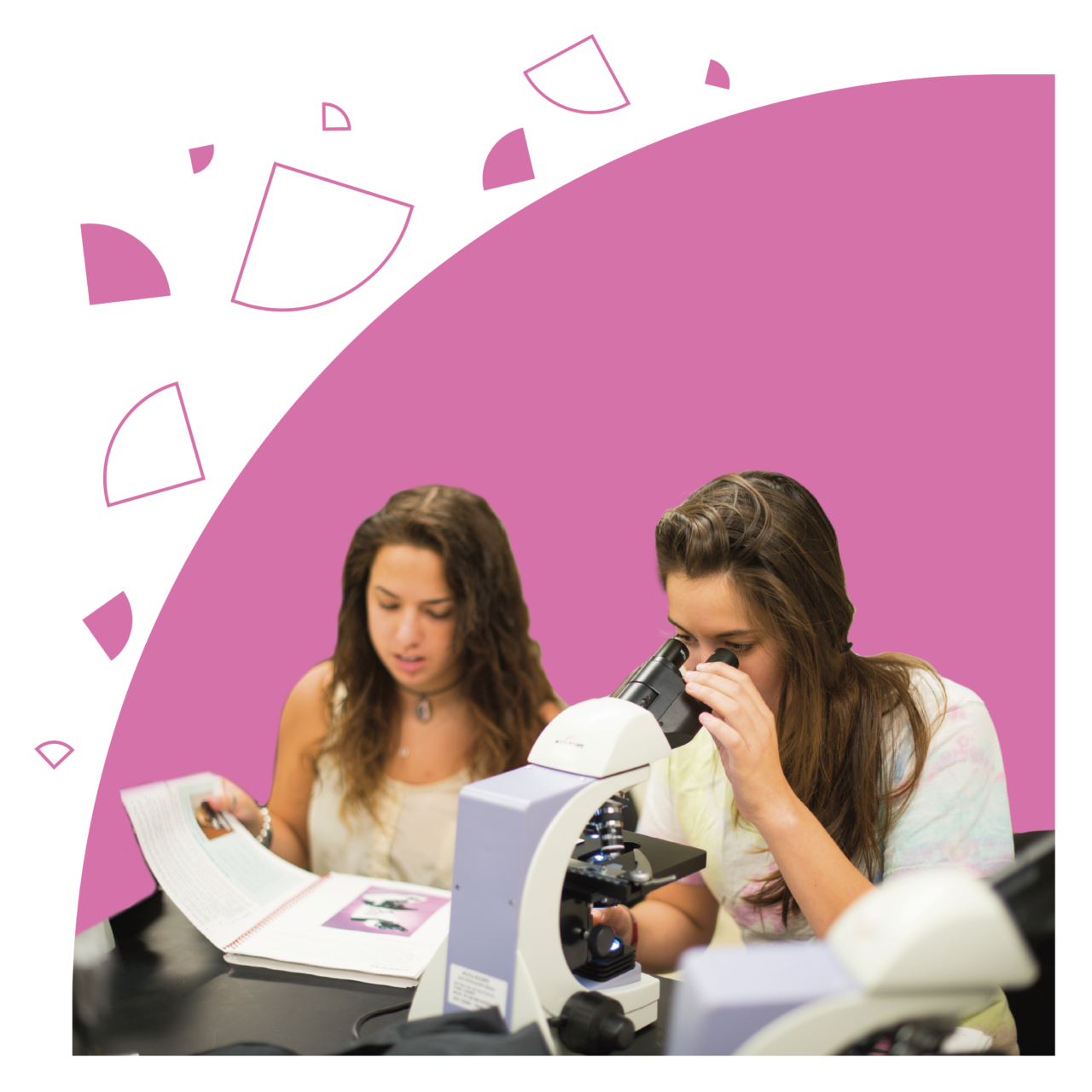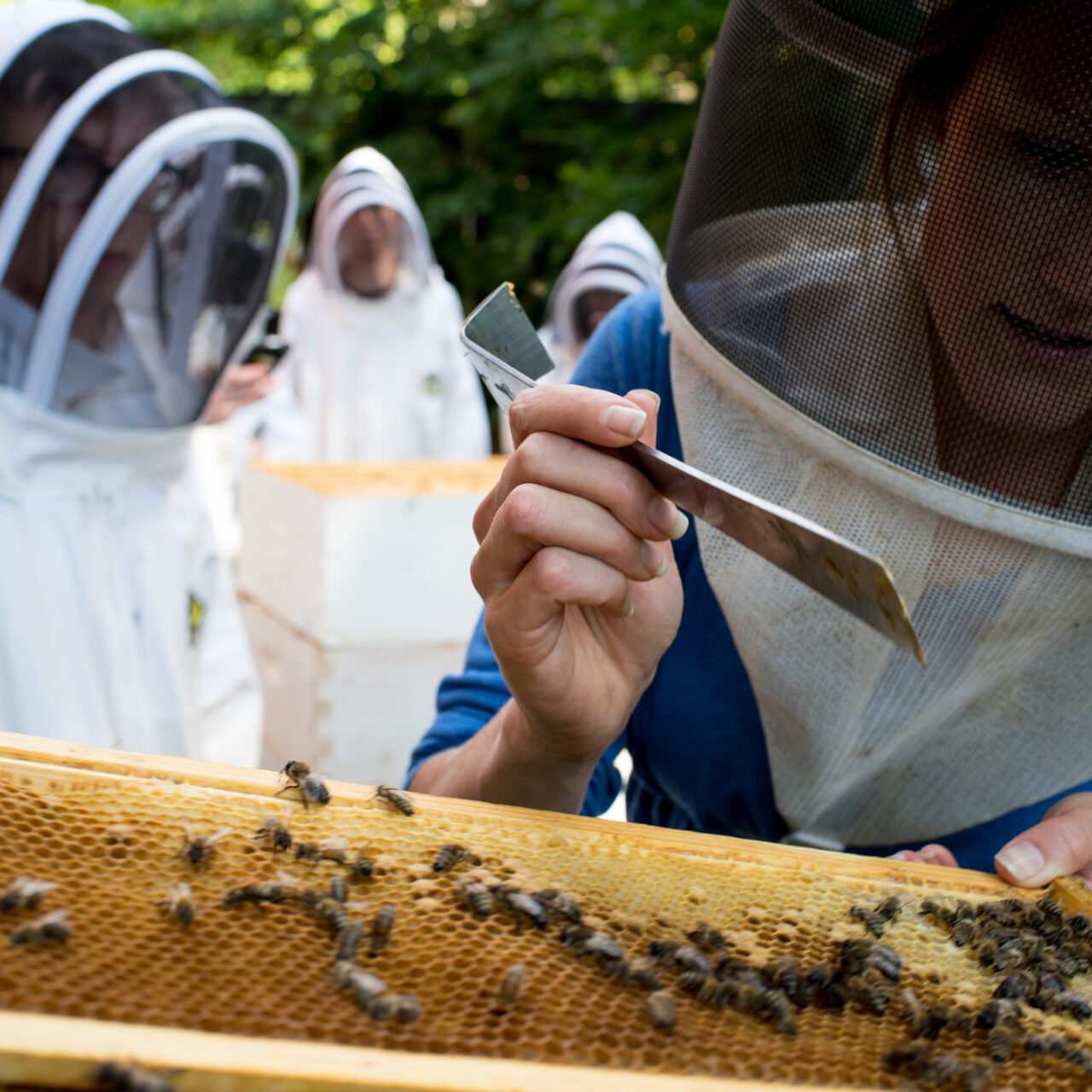SCIENTIFIC LITERACY

The ability to
Percentage of Employers looking for Scientific Literacy
of employers say “Knowledge of STEM fields (i.e. science, technology, engineering and mathematics)” is very important to be an effective worker.
– American Association of Colleges and Universities, The Career Ready Graduate, 2023

Elements
Strengths and limitations of science
Scientific knowledge
Scientific argumentation and reliability
Guiding Questions
• Have I applied a valid and relevant scientific method to test a hypothesis?
• What limits are there to scientific approaches?
• Can I define and explain foundational concepts of a particular field of science?
• How do I determine if scientific claims made by others are credible and reliable?
• What rhetorical strategies do scientists use?
• How is scientific research influenced by technology, culture, politics or economics?
• How do scientific claims differentially impact society, politics, culture, or people’s lives?
• How do scientific claims inform my own actions and decisions?